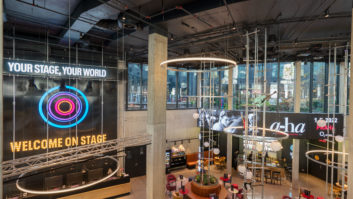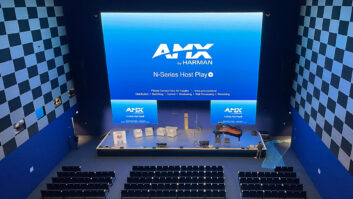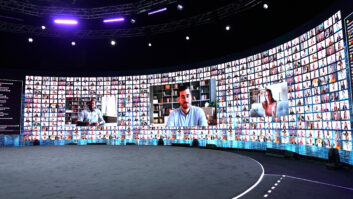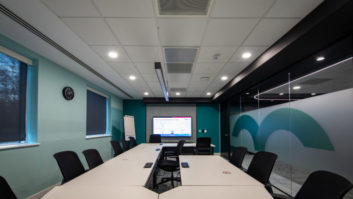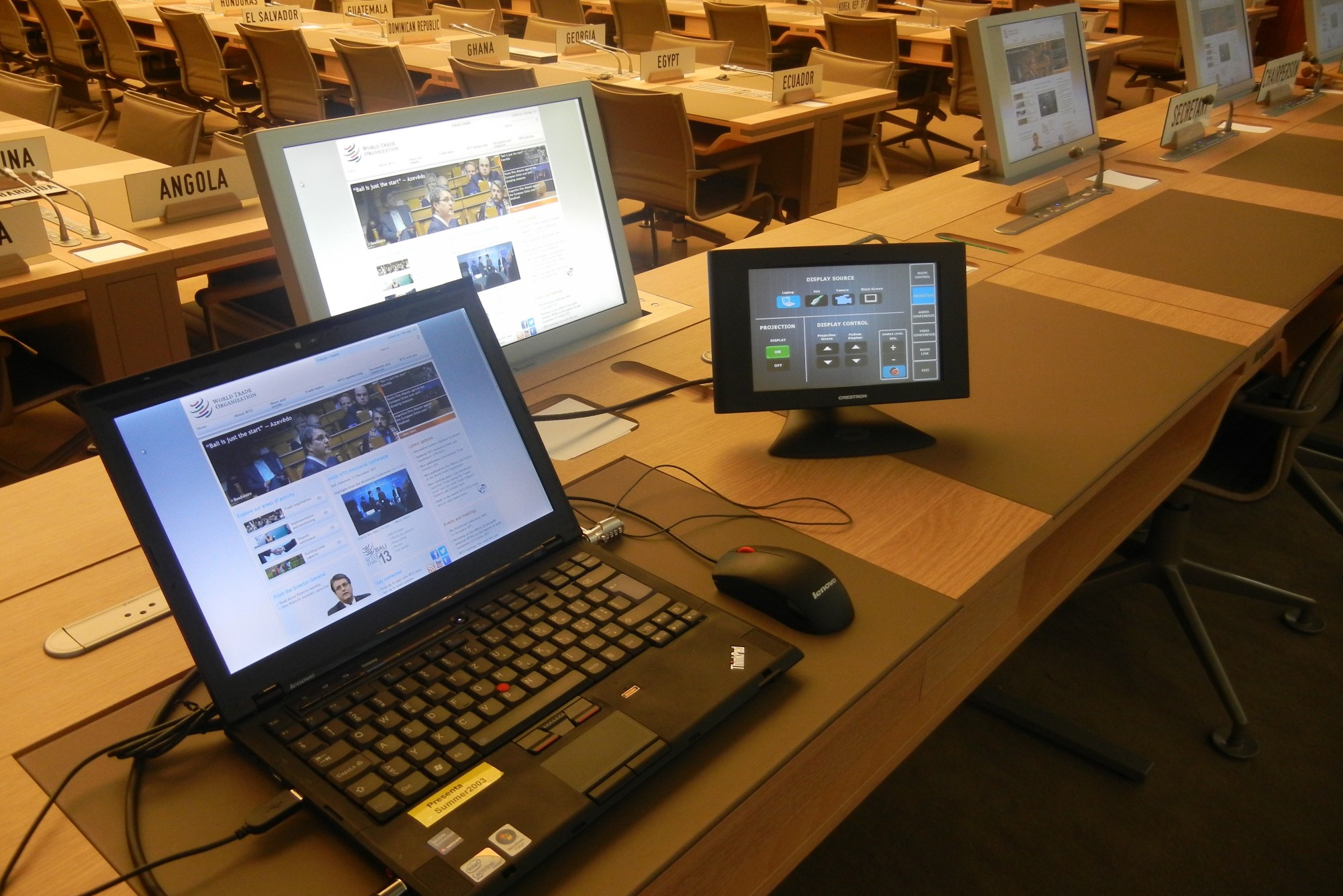
It was in 1978 that TCP/IP was split into TCP and IP. Since then, Internet Protocol has transformed every industry – including the AV industry. Ian McMurray asks whether its inexorable rise will see more traditional connectivity technologies disappear.
Anyone who has been around the technology industry for a while cannot help but marvel at how it’s developed – processor performance, memory capacity, graphical user interfaces, miniaturisation and so on. But perhaps greater than all of these is connectivity. It’s really not that long since hooking up a VDU to a computer seemed like black magic.
Now, we take for granted that pretty much anything will ‘talk’ to anything – and however we want it to do so. Back in the day, though, just about any connection was strictly point-to-point.
Today, however, Cisco estimates that around 100 “things” are being connected to the internet every second. By 2020, the company believes, that will be 250 things/second as the Industrial Internet/Internet of Things becomes a reality. Cisco’s website has a counter to illustrate the phenomenon of how many things are currently connected: at the time of writing, it was 15,174,647,730. That’s a lot of things.
Connectivity paradigms of yesteryear
It would be easy to believe, then, that network connections will become ubiquitous and that there will be no place for the connectivity paradigms of yesteryear – and that will apply equally to the audiovisual industry, not least because networks bring with them significant advantages.
“Practically speaking,” says Tony Dowzall, president of Gefen, “in an IP-based AV distribution system there is no need to run new cabling. In addition, the IT professional can then control most aspects of the system over their existing infrastructure. The IP system is more scalable with the addition of new sources and displays being as simple as connecting a network cable to the existing LAN. For audiovisual integrators this is a lot more challenging; thus, we see our role as making AV and IP integration easier. To this end, Gefen introduced its Syner-G software suite, being implemented on all new and some existing products. Among other features, it eliminates the previously challenging situation of locating a device amid a sea of similar IP addresses. It’s designed to lend valuable intuitive configuration options to the AV integrator working on a network.”
Stijn Ooms, EMEA product manager at Crestron, warms to the theme. “Networking has countless benefits,” he says. “It gives you a cheap infrastructure: streaming leverages the IT infrastructure which can reduce the overall expense. It gives you limitless distance: the existing infrastructure can often be used to facilitate unlimited distribution, either across campus or around the world. It enables BYOD distribution: streaming enables easy transmission to or from a wide variety of devices including tablets and smartphones. And it delivers broad access to rooms: you can easily add streaming inputs or outputs to link any room to any other.”
Ease of expansion and lower cost are the primary benefits that Thomas Tang, president of Apantac, sees. “The beauty of the network is that it is really easy to expand,” he emphasises. “By using off-the-shelf IP switches, it is usually less expensive, and when the customer or installer wants to expand inputs/outputs, they can either buy a larger switch or cascade multiple switches together.”
For Brian Davies, AMX European technical director, it’s all about flexibility. “Networking overcomes the physical limitations of point-to-point systems,” he points out, “such as maximum cable run distance and matrix size limitations.”
Andy Fliss, director of marketing at TV One, sees similar benefits – but also a downside. “The primary benefit of networked solutions is the ability to expand the system by simply adding onto the network,” he says. “Infrastructure and technology staff can be shared across numerous services, which can save money. However, video usually needs to be compressed to provide adequate performance. This isn’t always acceptable or practical.”
www.amx.com
www.apantac.com
www.crestron.eu
www.gefen.com
www.tvone.com

